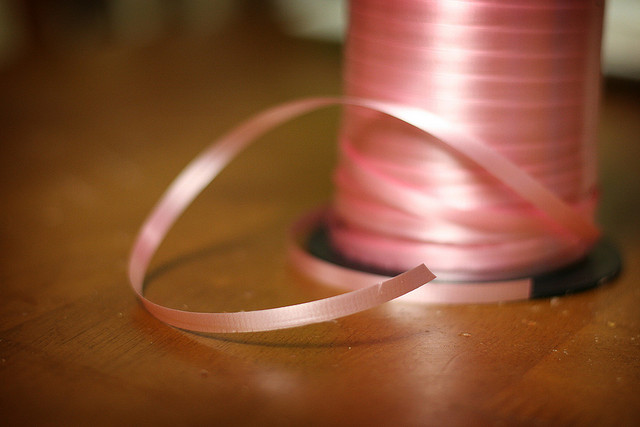 This week, James E. Craigie, MD, of The Center for Natural Breast Reconstruction answers your question.
This week, James E. Craigie, MD, of The Center for Natural Breast Reconstruction answers your question.
Question: What can be done for a 2004 radiated breast with implant. As common, it has encapsulated to a high degree and is painful, misshaped and raised, looking very unnatural. Thank you
Answer: Without question, the course of action most likely to work is to remove the implant and proceed with reconstruction using your own tissue. If you still have breast tissue remaining, it can be removed by a breast surgeon at the same time that your healthy tissue is transferred.
The most common source for the new tissue (the “flap”) is the abdomen, which is usually harvested as a DIEP flap. If the abdomen is not available or not adequate, then the buttocks (“sGAP flap”) can often be used. Our success rates over the last 13 years are 99.07% using the DIEP flap, and 95.7% using the sGAP flap. The initial surgery requires on average 4 nights in the hospital, but subsequent stages are much easier.
If you can’t or don’t want to use your own tissue, there are a couple of other options which may offer some hope, although the chances of success are nowhere near as good as using your own tissue. One is a course of hyperbaric oxygen, which has been shown to bring new blood vessels to the radiated tissue.
Another potential option, which must be regarded as experimental at this point, would be to completely cover the implant with acellular dermal matrix, or “ADM” (Alloderm being the most commonly used variety). This material has some efficacy in preventing contracture, but the effect would be less pronounced in radiated tissue.
Hope this helps. I would be happy to discuss your situation further with you, if you wish.
Have a question about breast reconstruction or post-surgical you’d like answered from our surgical team? Just ask!













